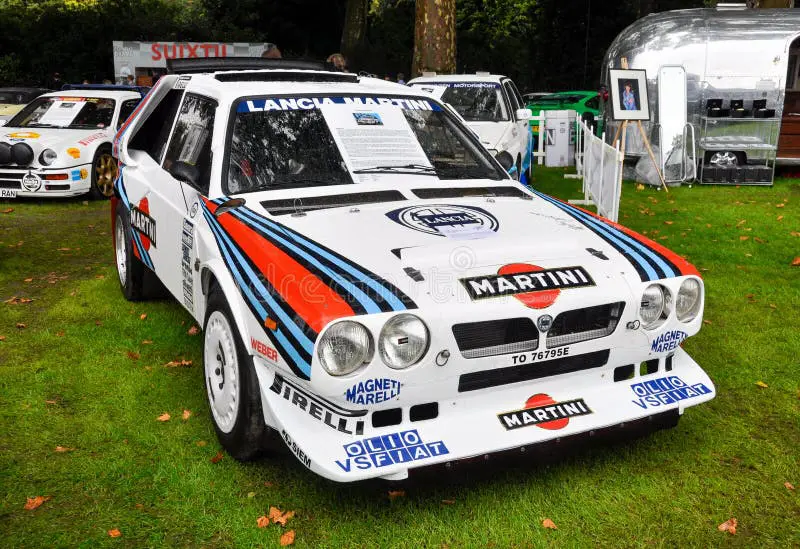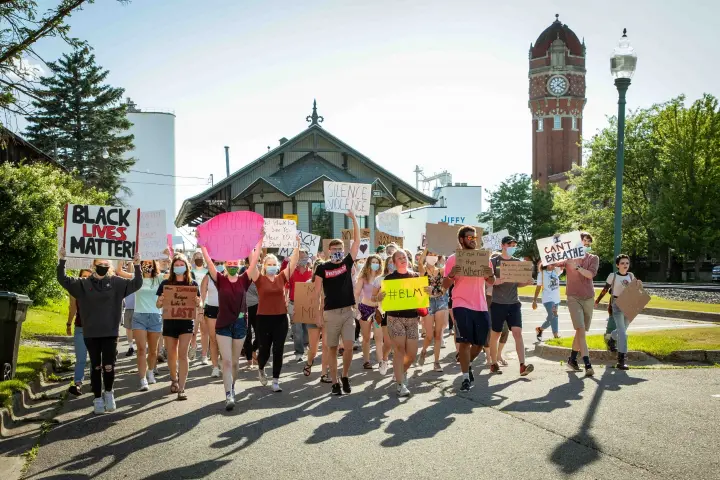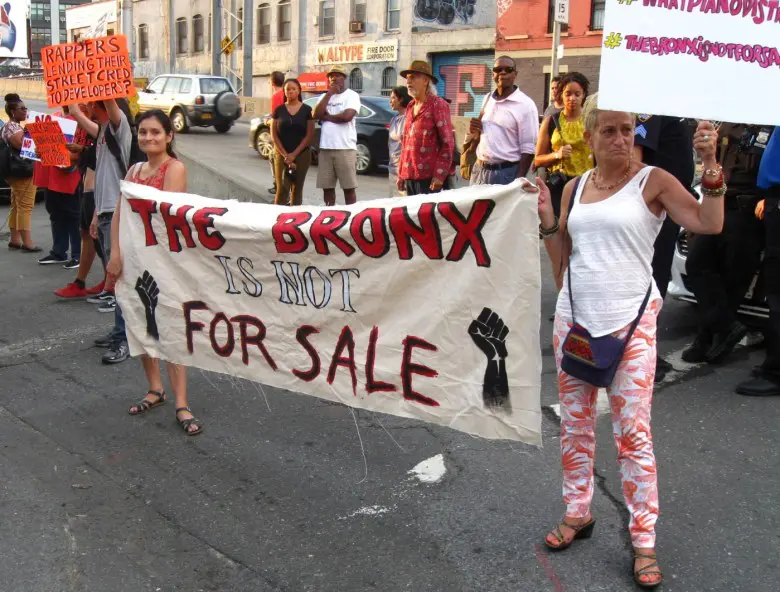The iconic West Chelsea Arts Building, which has been a cornerstone for the arts community, is facing an uncertain future as it has been put up for sale at a staggering price of $170 million. Local leaders and community advocates are stepping in to protect this beloved institution that has provided affordable studio space to artists since its establishment in 1993 by philanthropists Gloria and Raymond Naftali. Their legacy of supporting the arts in Chelsea has fostered a vibrant creative environment, housing some of the most prominent names in the art world, such as Ross Bleckner and Hiroshi Sugimoto.
With the recent passing of Gloria Naftali in September 2022, concerns are mounting that the sale of this 400,000-square-foot property might lead to an increase in rents or even the displacement of artists who have called this building home for years. As news of the sale spreads, community members and local politicians are rallying together to prevent any detrimental impact on Chelsea’s artistic landscape.
The Historical Significance of the West Chelsea Arts Building

The West Chelsea Arts Building stands as a significant landmark not only for its unique architecture but also for the role it has played in nurturing the creative community. Opened in 1993, it was designed to offer low-cost studio spaces to artists and galleries, a lifeline in a city where real estate prices can often be prohibitive. This initiative was a product of Gloria Naftali’s vision, aiming to support the artistic spirit of Chelsea and provide a sanctuary for creativity.
Over the years, the building has been a breeding ground for innovation and artistic expression. It has hosted numerous exhibitions and events that showcased both emerging and established artists, creating a rich tapestry of cultural engagement. The building has become synonymous with the Chelsea art scene, making its potential sale a matter of great concern for those who have invested their lives and careers in this vibrant neighborhood.
The Artists Behind the Building
Many notable artists have called the West Chelsea Arts Building their home. The likes of Gary Simmons and Glenn Ligon have utilized the affordable studio spaces to develop their artistic practices. The building’s legacy includes being a part of their creative journeys, highlighting the importance of such initiatives in supporting artistic talents.
For many artists, the thought of leaving this supportive environment is daunting. As mentioned in a letter from City Council member Erik Bottcher, there is a palpable fear among tenants about potential eviction. The letter emphasizes the significant threat posed to approximately 200 tenants who have cultivated deep connections within the community.
Community Efforts to Save the Arts Building

Local leaders have come together to voice their concerns regarding the potential sale of the West Chelsea Arts Building. Officials including US Representative Jerry Nadler and State Senator Brad Hoylman-Sigal have actively participated by drafting letters to the Raymond and Gloria Naftali Foundation, urging them to reconsider the sale.
These community members stress the cultural significance of the building and the important role it plays in maintaining the creative pulse of New York City. In their communication, they highlight that Gloria Naftali’s firm wish to keep the building primarily for artist studios should be upheld, resonating with her legacy of fostering an artistic haven.
The Role of Local Organizations
Organizations like Save Chelsea have taken proactive measures, advocating for the extension of the Chelsea Historic District to include the West Chelsea Arts Building. They believe this move is crucial in preserving the building’s historical value and protecting artists from displacement.
The coalition’s ongoing efforts to recognize and protect not only this building but others in the area reiterate the commitment of local advocates to maintain the artistic culture that Chelsea is known for. They argue that with artistic spaces at risk, the community’s cultural integrity is jeopardized, and that the value of art should be preserved within the neighborhood.
The Challenges Faced by Chelsea’s Artists

The affordability crisis in New York City is hitting artists particularly hard. As studio spaces become increasingly scarce and expensive, many creators find themselves caught in a precarious position, struggling to maintain their livelihoods. The urgency of the situation can be captured in Bottcher’s observation that New York City has been a haven for artists for centuries, yet this status is now threatened.
Artists like those in the West Chelsea Arts Building not only contribute culturally but also economically to the local community. Displacement could mean a loss of jobs, as artists often employ assistants and collaborate with local businesses, creating a ripple effect that goes beyond individual studios.
Emotional and Economic Impact of Displacement
The emotional toll of potential eviction on the artists in the West Chelsea Arts Building cannot be overstated. Many have formed friendships and collaborations during their time there, creating bonds that extend beyond mere professional connections. The thought of losing these relationships adds a layer of emotional distress to the uncertainty of their living and working conditions.
Moreover, the building has provided a space for community events, fostering a greater sense of belonging among the artists and local residents. The loss of such a cultural focal point would not only diminish the arts scene but also disrupt the communal fabric that has been carefully woven over decades.
Potential Solutions and the Way Forward

As discussions continue regarding the future of the West Chelsea Arts Building, it is essential for all stakeholders—community leaders, artists, and prospective buyers—to prioritize the building’s character and purpose. Innovative strategies must be considered to safeguard the legacy that Gloria Naftali envisioned.
One potential solution could involve the establishment of a community land trust that would allow residents and artists to have a say in the future of the property. By engaging the community in decision-making processes, it would be more likely to maintain affordability and accessibility for artists.
Advocacy and Collective Action
Advocacy groups can play an invaluable role in fostering a sense of collective action among artists and the community. These movements encourage artists to share their stories and experiences, raising awareness about the importance of preserving artistic spaces. Local organizations can also facilitate networking opportunities, ensuring that artists and their supporters are connected and can mobilize quickly in crisis.
Promoting transparency in the sale negotiations and ensuring that tenants’ voices are included in discussions will be critical steps in preserving the building for future generations. The collective action of the community can serve as a powerful tool to protect the essence of what makes Chelsea’s arts scene vibrant.
A Call to Action for the Chelsea Arts Community

As the West Chelsea Arts Building faces an uncertain future, it falls upon the artistic community and its supporters to mobilize and advocate for its preservation. Local leaders are already taking action, but ample room remains for passionate individuals and organizations to step forward.
The future of the Chelsea arts scene relies heavily on community engagement and advocacy. Whether through attending community meetings, signing petitions, or simply spreading the word, every action can contribute to the cause. By rallying together and voicing the importance of maintaining such spaces, the creative soul of Chelsea can survive and thrive.
Resources and Support for Artists
Local organizations such as the Chelsea Community Foundation are crucial in providing resources and support to the artist community. These organizations often offer financial assistance, networking opportunities, and platforms for artists to showcase their work. They can help ensure that the artistic community remains engaged and empowered, irrespective of the changing landscape.
In addition, the involvement of art critics and curators in these discussions can lend greater visibility to this issue. As cultural influencers, they can amplify the voices of the artists and emphasize the integral role they play in the identity of Chelsea.
I’m Mikael, a 35-year-old Gossip Gravity Creator. I’m passionate about curating captivating content that sparks conversations and ignites curiosity. Join me on this exciting journey as we explore the fascinating world of gossip and trends together!



